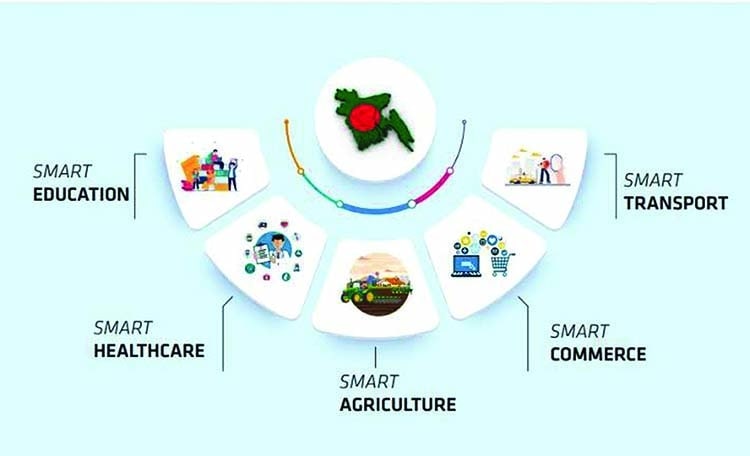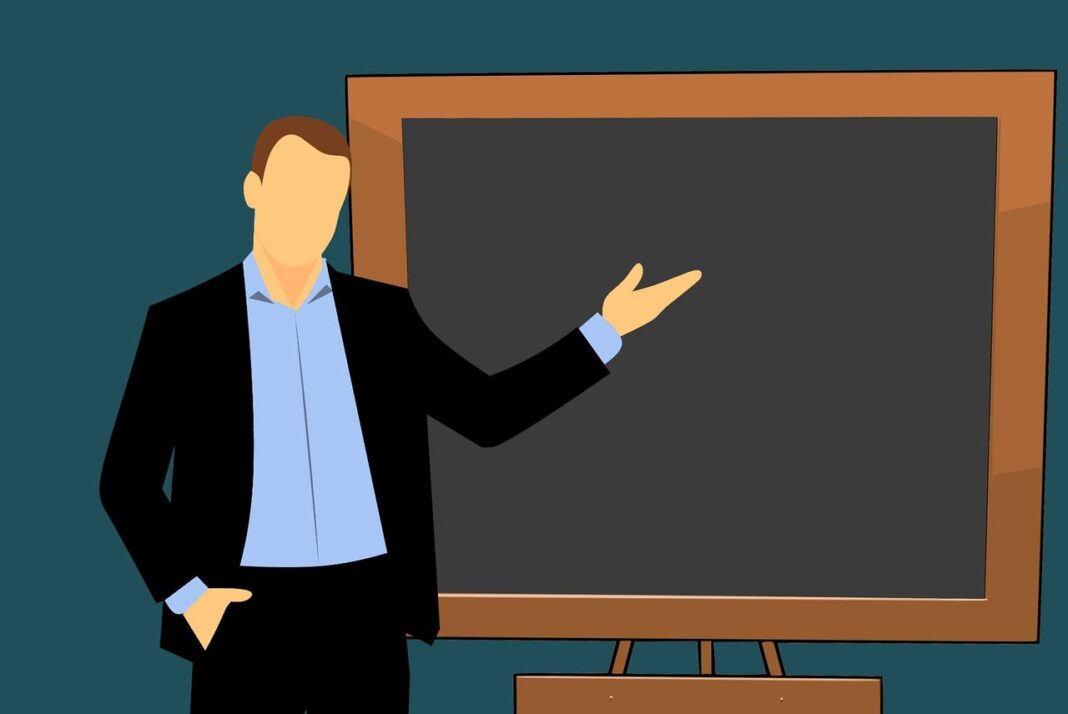In the field of education, microteaching is a widely used instructional technique that allows teachers to practice their teaching skills in a controlled and supportive environment. Microteaching involves breaking down a lesson into smaller, manageable parts and rehearsing each segment in front of a small group of peers or mentor(s). Through feedback and reflection, teachers can improve their teaching skills, identify their strengths and weaknesses, and develop effective teaching strategies. This article aims to explore the ten significant types of microteaching and their benefits in enhancing teaching skills.
Table of contents
- Introduction to Microteaching
- The Significance of Microteaching
- 10 Types of Microteaching
- #1 Content-Based Microteaching
- #2 Skill-Based Microteaching
- #3 Concept-Based Microteaching
- #4 Communication-Based Microteaching
- #5 Feedback-Based Microteaching
- #6 Critical Thinking-Based Microteaching
- #7 Reflective-Based Microteaching
- #8 Questioning-Based Microteaching
- #9 Group-Based Microteaching:
- #10 Peer-Based Microteaching
- Benefits of Microteaching
- Conclusion
Introduction to Microteaching
Microteaching is a teaching technique that involves breaking down a lesson into smaller parts, allowing teachers to practice and refine their teaching skills. The microteaching session is typically videotaped, and feedback is provided by peers or mentors, enabling the teacher to improve their teaching methods, style, and approach.
Microteaching can be utilized in a variety of settings, including teacher training programs, professional development workshops, and classroom observations. The technique allows educators to reflect on their teaching style and develop strategies to improve their instructional effectiveness.
The Significance of Microteaching
Microteaching is a valuable tool for educators to enhance their teaching skills. It allows teachers to practice their teaching in a low-stakes environment, making mistakes, and experimenting with new teaching strategies without fear of negative consequences. The feedback provided by peers or mentors is essential in identifying areas of strength and weakness, enabling teachers to improve their teaching skills.
Microteaching also allows educators to focus on specific aspects of their teaching, such as questioning, communication, and critical thinking skills. This focused approach enables teachers to develop targeted strategies to improve their teaching skills in these areas.
10 Types of Microteaching
There are ten significant types of microteaching, each with its specific focus and goals. These types of microteaching are discussed in detail below:
#1 Content-Based Microteaching
Content-based microteaching focuses on developing effective lesson plans and delivering content in a structured and engaging way. This type of microteaching helps teachers to ensure that their lessons are well-organized, sequenced appropriately, and presented in a clear and concise manner.
#2 Skill-Based Microteaching
Skill-based microteaching aims to develop specific teaching skills, such as questioning, explaining, and providing feedback. Through skill-based microteaching, teachers can improve their teaching techniques and develop strategies to engage students in learning.
#3 Concept-Based Microteaching
Concept-based microteaching focuses on developing students’ understanding of key concepts and ideas. This type of microteaching helps teachers to identify areas of difficulty in students’ understanding and develop strategies to address these gaps.
#4 Communication-Based Microteaching
Communication-based microteaching aims to develop effective communication skills in teaching. Through this type of microteaching, teachers can learn to communicate their ideas and instructions clearly, listen actively to students’ responses, and use body language and other nonverbal cues to enhance their teaching.
#5 Feedback-Based Microteaching
Feedback-based microteaching focuses on providing effective feedback to students. Through this type of microteaching, teachers can learn how to provide constructive and meaningful feedback that can help students improve their understanding and performance.
#6 Critical Thinking-Based Microteaching
Critical thinking-based microteaching aims to develop students’ critical thinking skills by providing them with opportunities to analyze and evaluate information. Through this type of microteaching, teachers can develop strategies to promote critical thinking and problem-solving skills in their students.
#7 Reflective-Based Microteaching
Reflective-based microteaching helps teachers to reflect on their teaching practices and identify areas for improvement. Through this type of microteaching, teachers can develop self-awareness and learn from their teaching experiences to become more effective educators.
#8 Questioning-Based Microteaching
Questioning-based microteaching aims to develop effective questioning skills in teaching. Through this type of microteaching, teachers can learn how to ask questions that promote critical thinking and engagement, as well as how to respond to students’ questions in a constructive and informative manner.
#9 Group-Based Microteaching:
Group-based microteaching involves working with a small group of peers to develop teaching skills. Through this type of microteaching, teachers can receive feedback and support from other educators, as well as develop their ability to collaborate and work effectively in a team.
#10 Peer-Based Microteaching
Peer-based microteaching involves practicing teaching skills in front of a small group of peers. Through this type of microteaching, teachers can receive constructive feedback and support from their peers, as well as develop their ability to provide feedback and support to others.
Benefits of Microteaching
Microteaching provides numerous benefits to teachers, including:
- Improved teaching skills: Through microteaching, teachers can identify areas for improvement in their teaching skills and develop targeted strategies to enhance their instructional effectiveness.
- Increased confidence: Microteaching allows teachers to practice their teaching in a low-stakes environment, helping them to build confidence in their abilities.
- Constructive feedback: Microteaching provides teachers with constructive feedback from peers or mentors, enabling them to identify areas of strength and weakness and develop strategies for improvement.
- Targeted professional development: Microteaching enables teachers to focus on specific areas of their teaching that require improvement, providing targeted professional development opportunities.
- Reflection and self-awareness: Microteaching encourages reflection and self-awareness, enabling teachers to learn from their teaching experiences and become more effective educators.
Conclusion
Microteaching is a valuable instructional technique that can help teachers to enhance their teaching skills, build confidence, and improve their instructional effectiveness. Through the ten significant types of microteaching outlined in this article, teachers can develop specific teaching skills and strategies to engage and support students’ learning. As educators continue to navigate the challenges of teaching in today’s rapidly changing world, microteaching remains a valuable tool for professional development and growth.
Bibliography:
- Denton, P., & Rea-Dickins, P. (2013). Enabling Effective Language Learning: Microteaching in a Teacher Development Programme. ELT Journal, 67(3), 285-294.
- Gupta, R. K. (2014). Microteaching: A Tool for Effective Teaching. Journal of Education and Practice, 5(19), 12-17.
- Kane, R., Sandretto, S., & Heath, C. (2002). Telling Half the Story: A Critical Review of Research on the Teaching Practice of Pre-Service Physical Education Teachers. Quest, 54(1), 35-52.
- Lundeberg, M. A., Levin, B. B., & Harrington, H. L. (1999).



 For all latest articles, follow on Google News
For all latest articles, follow on Google News